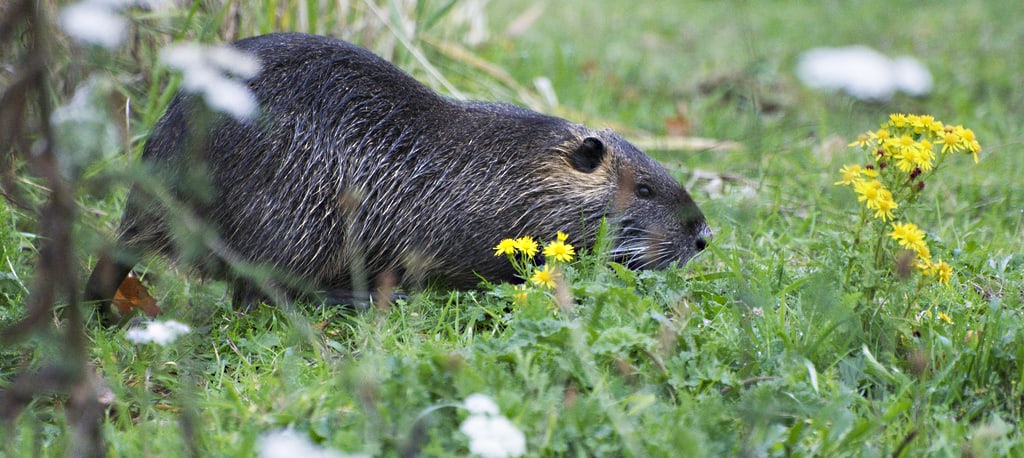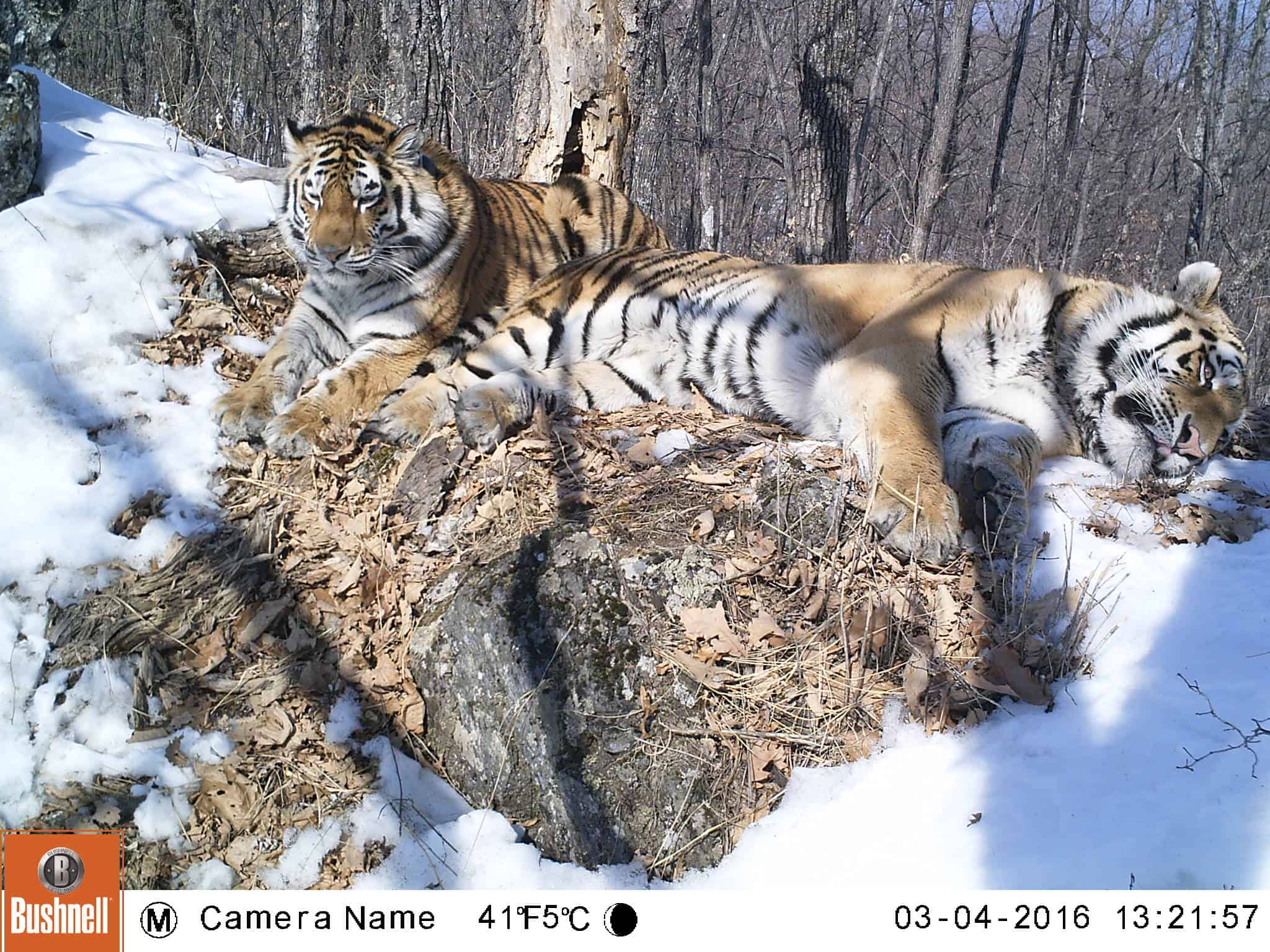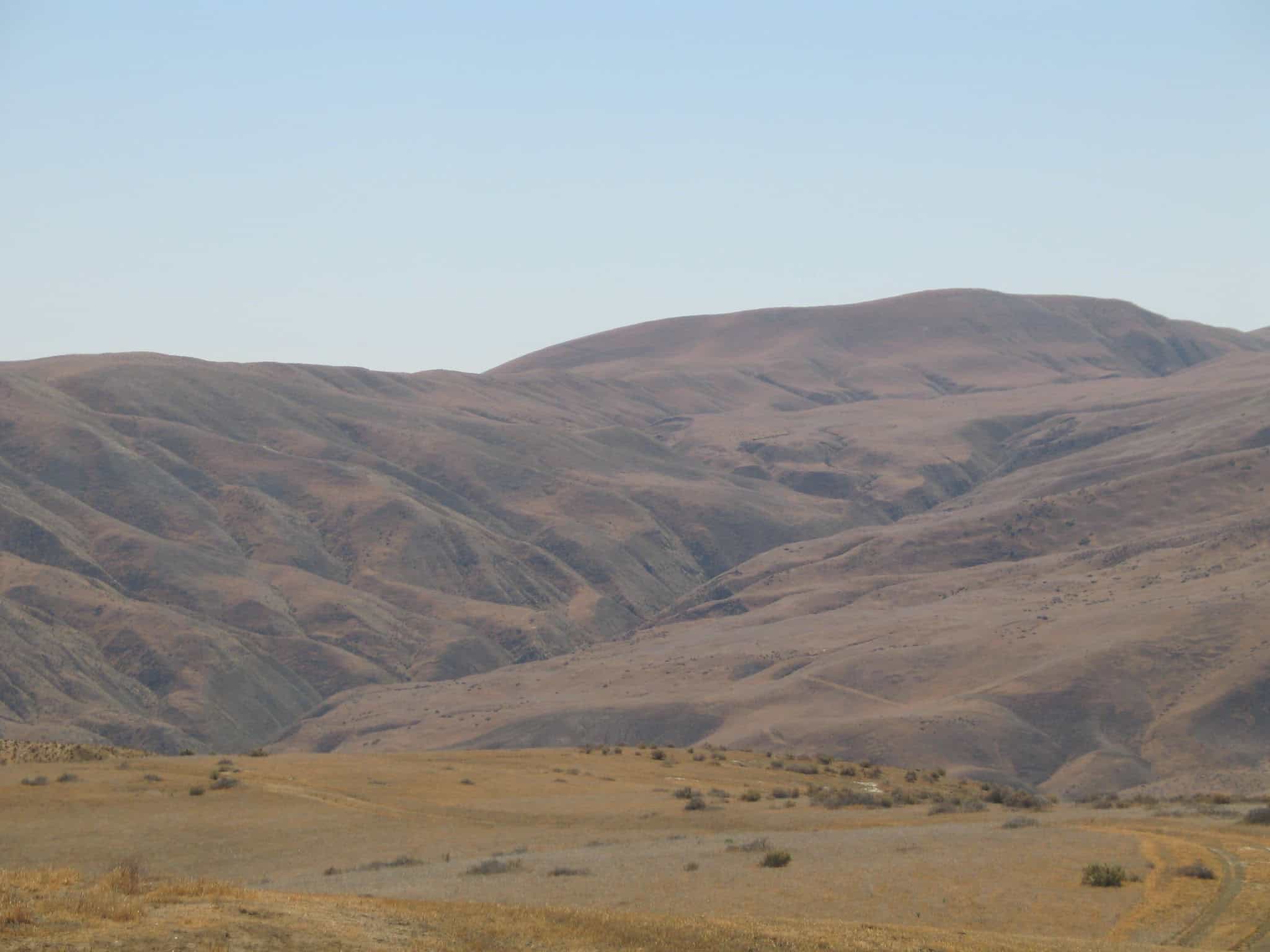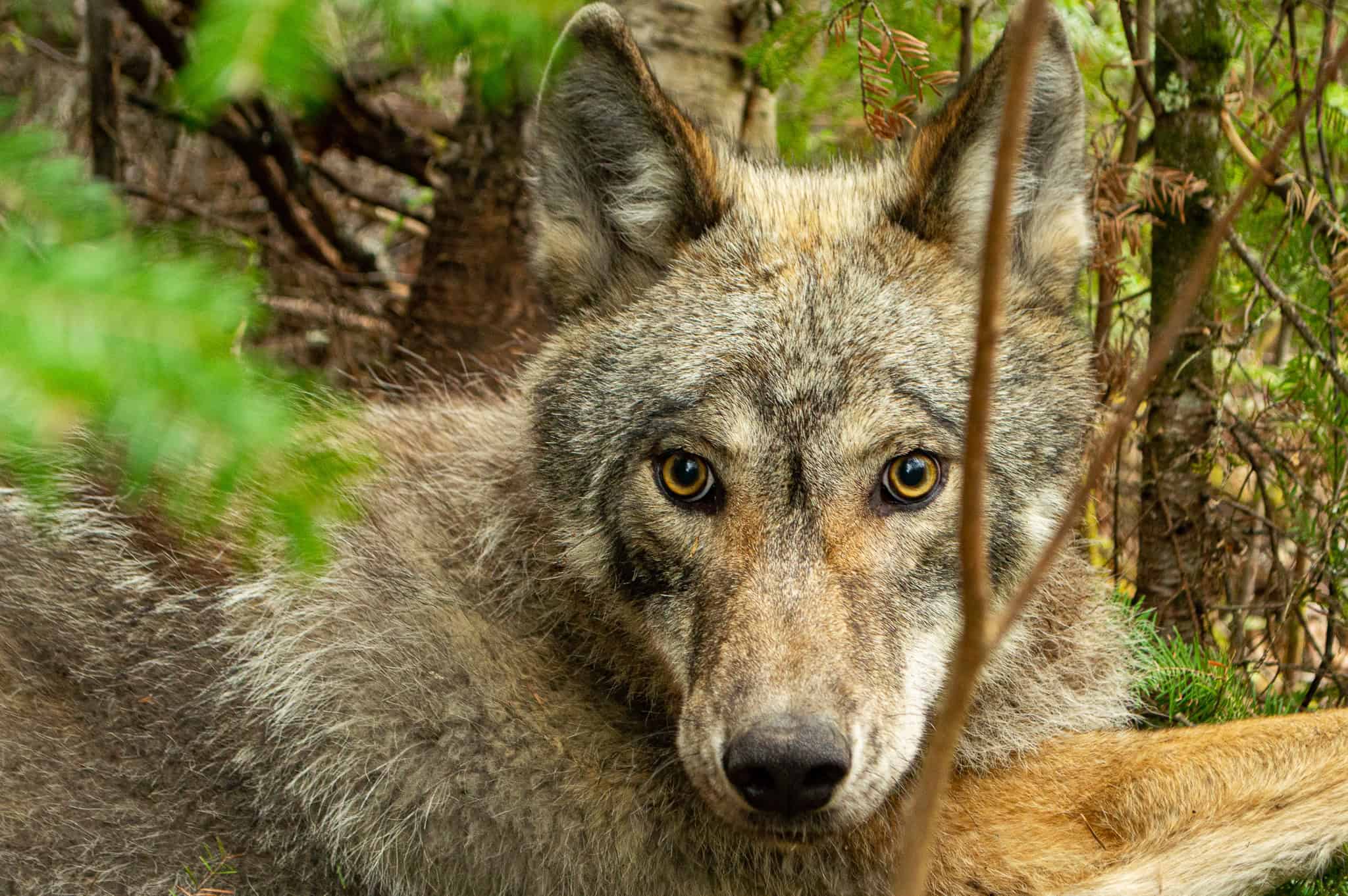Share this article
Senate committee examines threat of invasive species
On Feb. 13, the Senate Environment and Public Works Committee held on a hearing on The Invasive Species Threat: Protecting Wildlife, Public Health and Infrastructure. After opening statements by Sen. John Barrasso, R-Wyo., and Tom Carper, D-Del., three witnesses offered testimony regarding the threat of invasive species in their states.
Wyoming Department of Agriculture Weed and Pest State Coordinator Slade Franklin spoke about the effect of invasive plants and animals, noting the ways in which invasive plants such as cheatgrass (Bromustectorum) have changed the rangelands in Wyoming and other Western states.
Terry Steinwand, director of the North Dakota Fish and Game Department, focused his testimony on aquatic invasive species and the need for public outreach to prevent their spread. He also talked about the successes in cooperation between state and federal agencies addressing invasive species in his state.
Joseph Rogerson, program manager for wildlife species conservation and research in the Delaware Division of Fish and Wildlife, highlighted the nutria (Myocastorcoypus) control program, which in the last several years has removed the invasive rodent from over 250,000 acres of wetlands on the Delmarva Peninsula. Success stories such as these are only possible when agencies have adequate resources to address the threats, he said.
The need for adequate resources when addressing invasives came up repeatedly during the hearing.
“Invasive species programs have often relied on grants and short-term funding sources which are helpful with immediate or initial treatment needs but do little to assist with long-term program objectives or planning,” Franklin said in his written testimony. “Effective management programs require long-term survey, monitoring and potential re-treatments which can only occur with the knowledge that the financial resources will exist.”
The prevention and management of invasive species, which costs the United States an estimated $120 billion in economic losses and management expenses each year, would see an increase from the WILD Act recently introduced by Senator Barrasso, chair of the Environment and Public Works Committee. The bill would provide increased funding for preventing, managing and eradicating invasive species by amending the Fish and Wildlife Coordination Act. Under the bill, agencies would be tasked with creating strategic invasive species plans.
The WILD Act was approved by the EPW committeeFeb. 5 and was also included in the package of public land and conservation bills recently passed by the Senate.
Read TWS’ Position Statement on Invasive and Feral Species.
Header Image: The Senate Environment and Public Works Committee held a hearing on invasive species, such as the nutria. ©David Chilstrom








